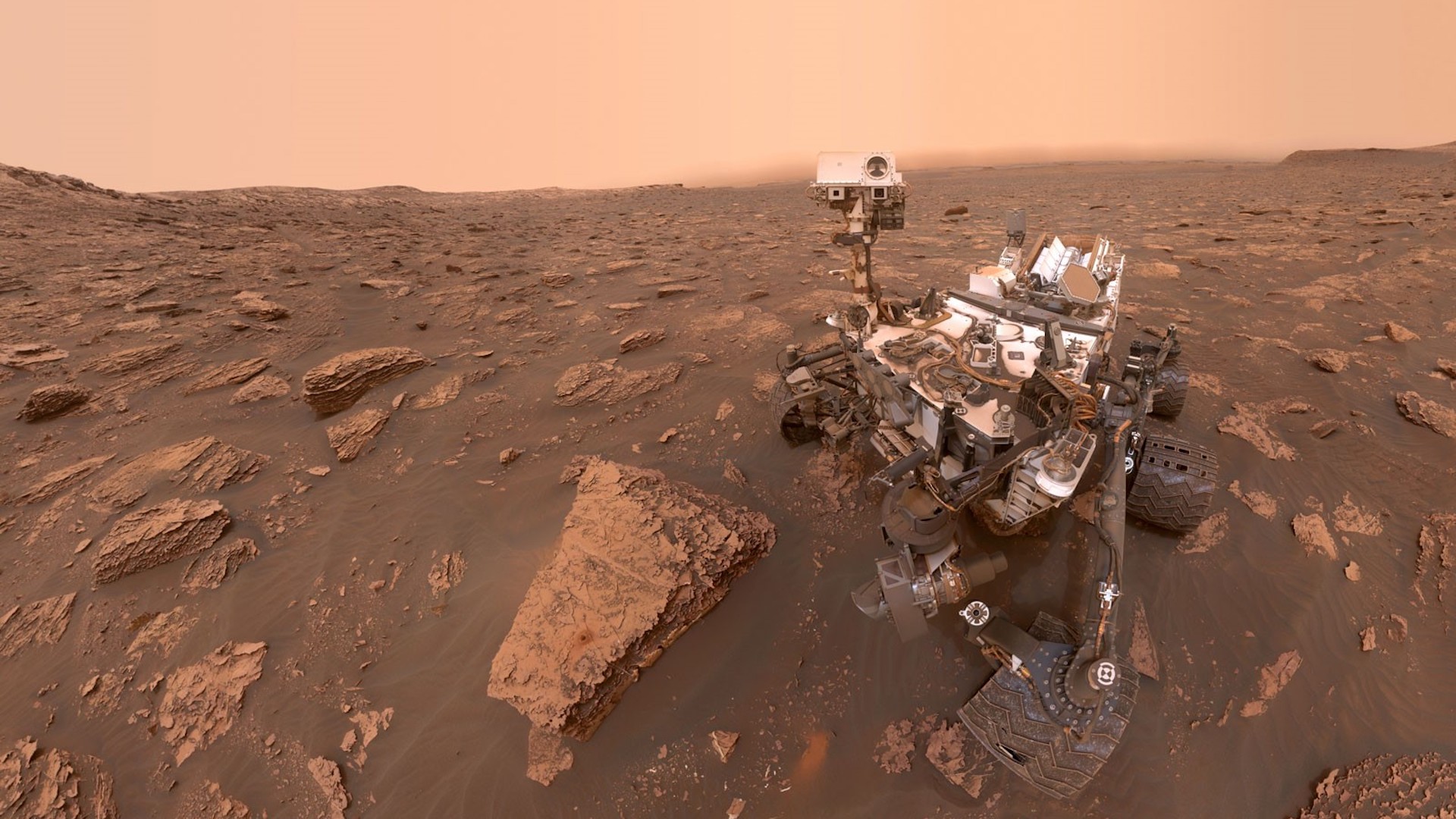

The last time we covered NASA’s Jet Propulsion Laboratory (JPL), it concerned Colorado-based Black Swift Technologies garnering a contract to develop unmanned aerial systems that could study Venus’ upper atmosphere. The lab’s most recent news concerns a different company and revolves around another planet entirely: Southern California’s AeroVironment Inc. has been tasked to build the rotors, landing gear, and materials necessary to hold the solar panels for the Mars Helicopter project being assembled at JPL, according to The Los Angeles Times.
Scheduled to deploy from NASA’s Mars rover in 2020, the unmanned helicopter drone will collect high-resolution imagery of the surrounding landscape to ascertain where the ground-based rover should head to next. In an environment with an atmosphere as thin and dense as that of around 100,000 feet above Earth’s sea level, the engineering ingenuity on display here is fairly mind-boggling.
“There’s been a lot of doubts about being able to even fly in the atmosphere of Mars,” said AeroVironment chief executive, Wahid Nawabi, to the LA Times. “It’s been over 100 years since the Kitty Hawk moment. This is the next event.”
Nawabi is referring to the North Carolina town where the Wright brothers achieved what’s purportedly first airplane flight in 1903. His point is that, should NASA successfully deploy a UAV on Mars, the entire landscape of aerospace engineering and planetary exploration will change irrevocably.
The four-pound drone’s lithium-ion batteries will be charged with AeroVironment’s solar panels, which will allow the UAV to travel about 328 feet from the rover. AeroVironment’s rotors will spin at around 2,300 to 2,900 per minute, which is a whopping increase by a factor of 10 from helicopter rotors here on Earth. The blades themselves will be made of a foam core, with carbon-fiber composites serving as their exterior, allowing them to be both lightweight and strong at the same time.
NASA and JPL conceived of UAVs on Mars as early as the 1990s, but the technological standards of the time, such as batteries, composite materials, and solar cells, weren’t advanced enough to bring that idea into tangible fruition. These days, Mars Helicopter project manager MiMi Aung says drone surveillance on Mars could feasibly lead a thorough exploration of the red planet. Clearly, we’ve come a long way.
“Having something fly 10 to 40 meters above ground will give you a totally different vantage point,” said Aung to the LA Times. “There are very interesting scientific areas of interest…you can’t get to with astronauts on foot or rovers.”
AeroVironment has been in the high-altitude drone game for quite some time now, having developed the long-endurance, solar-electric-powered Helios which broke a record in 2001 when it reached 96,863 feet.
“There have been a number of breakthroughs in battery technology and solar technology that really appear to enable high-altitude, long solar systems to become a reality,” said Philip Finnegan, director of corporate analysis at market research firm Teal Group.
To his point, we’ve seen a noticeable increase in these kinds of UAVs over the past few years, from Russia developing a multi-day flight drone and Airbus’ solar-powered Zephyr S to Facebook’s prematurely abandoned Aquila project, engineering and aviation experts are realizing the potential of our current solar-power, battery, and composite material standards, and what can feasibly come of them. “If [drones] stay up for months on end, it means a lot of what happens can be done automatically so there’s less manpower needed, fuel costs go down, operating costs go down.”
In terms of unmanned aerial systems, and the technological growth we’ve seen in the industry in a few short years, seeing AeroVironment partner with NASA and the Jet Propulsion Laboratory to aerially explore the red planet is nothing short of stunning. Perhaps, through the ingenuity of some of our own planet’s most hardworking engineers and physicists, their innovative efforts can reveal some of Mars’ most informative, undiscovered elements to a whole new generation of Earthlings.